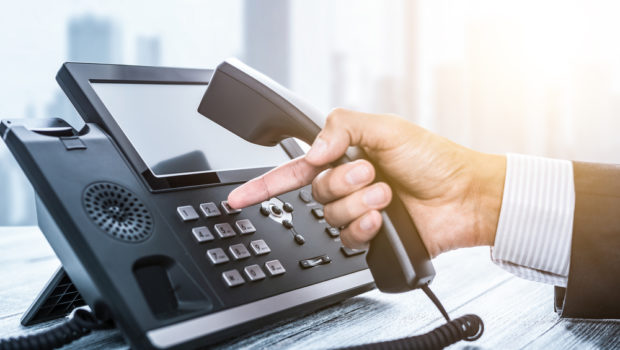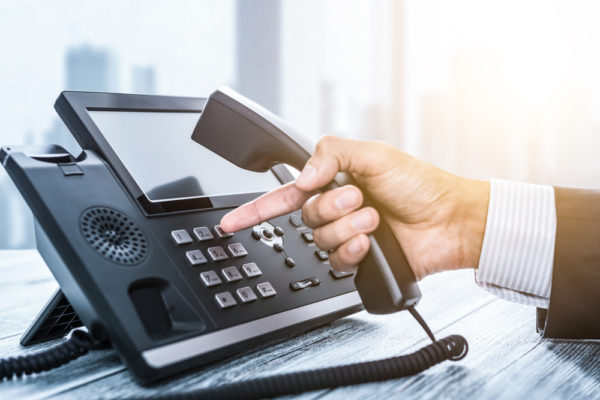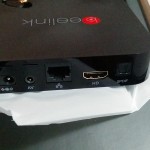Call Tracking Technology: How Does It Work?
When you had first started your business, you may have focused more on its Web-based aspects. You may have had social media accounts opened. You may also have had a website built. However, you may have placed too much faith in online forms, email inquiries, and chat messages that you’ve overlooked the fact that most people still make phone calls to businesses. Thus, you decided to start accepting phone calls. But that alone isn’t enough as you’ll also want to remove any guesswork out of your business by using call tracking. Unfortunately, the said technology might still be a mystery to you which is why you haven’t considered using it yet. So how does call tracking work?
1. Call tracking uses unique local or toll-free numbers to each of the marketing channels that you’ve used to promote your product or service.
You might have decided on using only one phone number for your business. However, you’ll realize that a single business phone number won’t work to your advantage. For starters, the said number might get too clogged with traffic coming in from several calls that your potential customers had made in a single day. You also risk not knowing at all how they found out about your business and the product or service that you’re offering since it’s bad form to ask them that directly.
But with call tracking, you can assign several distinct local or toll-free numbers and spread it across your product or service’s different marketing channels. Thus, the local number that you’ve assigned to your social media marketing campaign may be a single digit different from the one that you’ve assigned to your newspaper ad campaign.
Since you’re using call tracking across your product or service’s different marketing channels, you can easily identify which among them are generating the most number of leads and which ones don’t. You can then allocate a greater budget for your high-performing marketing channels and scrap low-performing ones to ensure a high return on investment thanks to the power of call tracking.
2. Call tracking allows you to replace the business phone number that you’ve initially put on your website with a dynamic tracking number.
Using call tracking for websites can be a bit more convoluted compared to doing the same for your offline marketing channels such as print, radio, TV, and even snail mail.
If you’ve previously put a single phone number on your business website, call tracking allows you to replace it with a dynamic tracking number that changes every time somebody new decides to give your business website a visit. The said type of call tracking is known as visitor call tracking. You can even use visitor call tracking to identify the specific keywords that each of your potential customers had typed in their preferred search engine before they visited your business website.
You can also opt for your dynamic tracking number to change every time a potential customer visits a different page of your business website. This type of call tracking is known as URL-based call tracking as each page of your business website surely doesn’t have the same URL at all.
3. Call tracking provides you with several metrics that may prove useful in identifying how your product or service can get adjusted to suit the specific needs of your business’s potential customers.
The most important reason why you should use call tracking is so you don’t have to keep on guessing the demands of your business’s potential customers as the technology gives you several metrics to get to know them better. Some of those metrics that call tracking can provide you are as follows:
- Total number of received incoming calls – More calls equate greater odds of leads getting converted into customers of your business. That’s simple math right there.
- Peak incoming call times – The local or toll-free numbers that you’ve assigned to each of your marketing channels might be open 24 hours a day with operators standing by to assist anyone who decides to give your business a call. However, you may have experienced frustration as a customer yourself after being told by an automated voice on the other end of the line that all customer service agents are busy at the moment. You can prevent that from happening to your business by using call tracking to identify the peak times throughout a certain period wherein your customer service staff is receiving a high volume of incoming calls. You can then decide whether to hire more customer service staff to keep up with the said demand for your business or to ask your agents to end calls faster – albeit not abruptly, of course – so that they can accommodate more potential customers.
- Duration of each incoming call – Even if not necessarily a hundred percent true all the time, a rule of thumb when tracking incoming calls is that the longer the call, the higher the chances of a lead becoming a loyal customer is. After all, why would anyone talk over the phone for a long amount of time? Longer calls usually mean that a potential customer on the other end of the line has several important questions to ask about a product or service that your business is offering.
- Caller information – By using call tracking to record each incoming call to your business, you can replay each recording over and over again to have a better grasp at who your potential customers are, what common traits do they have, and what exactly they want for your product or service to have. You can then use this information to tailor-fit your products and services to suit their needs.
Call tracking might initially sound alien to you. But to make understanding why you need it for your business very simple for you: As long as your business accepts phone calls, you should have call tracking technology installed by a trusted provider like Fone Dynamics. After all, 65 percent of businesses still consider phone calls as a premium source of high-quality leads. A 2017 ReportLinker survey had found out as well that 37 percent of American smartphone owners still use the said mobile device to make phone calls to businesses. The above explanation of how call tracking technology works should convince you to have it set up right away.
About the author:

John Taylor is a long-time professional with over two decades of experience in analytics and communications technology. He works as the Senior Data Analyst at Fone Dynamics, a leader in call tracking, voice, and SMS communication. When John steps out of the office, he loves to spend time with his family and bike riding.

















